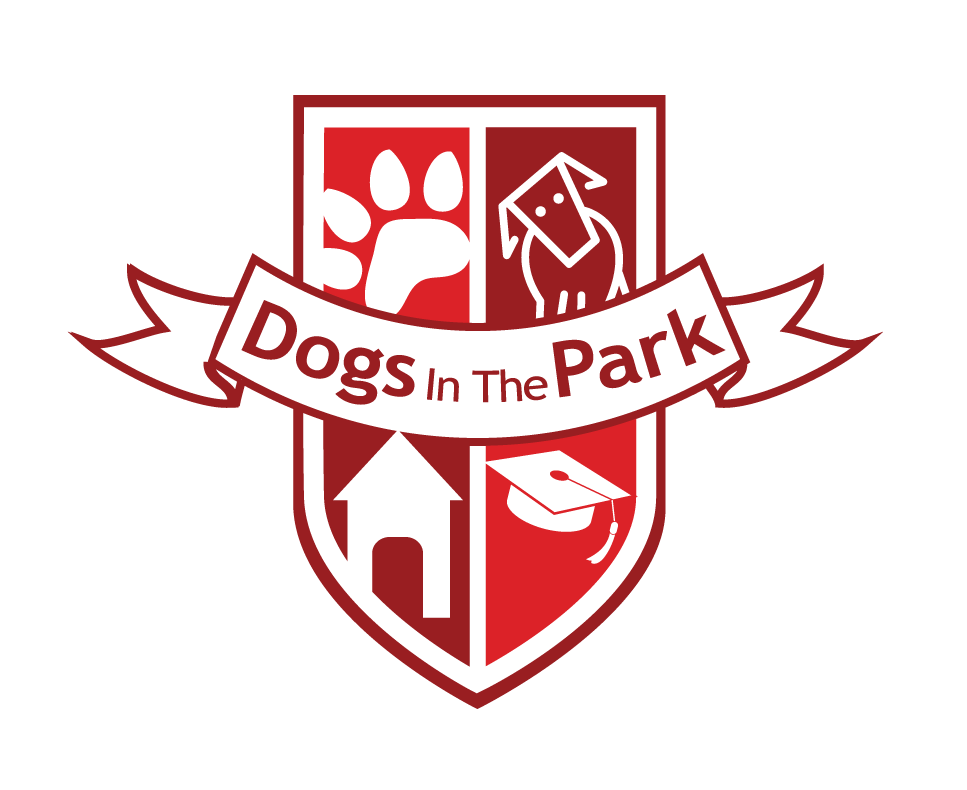3,2,1 Go
Tools:
Your dog
A safe place to work
A toy or treat your dog really likes
A helper
Objective:
To increase your dog’s desire to get to a given reinforcer
Method:
Level 1
1. Have your helper hold your dog by his collar or harness. Tempt your dog with the reinforcer that you think he will like.
2. Run a short distance away and put the reinforcer on the floor where the dog will be able to get it.
3. Say three….two….one….Go! On “Go” your helper should release the dog to get the reinforcer.
4. Practice until your dog is trying to break away from the helper to get the reinforcer. When your dog is trying to get the reinforcer each and every time, you need to teach him to wait till you say “Go” before he starts to try and snatch the toy. Move onto level 2.
Level 2
1. Show your dog the reinforcer you are going to use. If he tries to take it, hold it out of his reach. Start saying “Go” when the dog is holding off from snatching the reinforcement, and let your dog have the reinforcer. Never hide the reinforcer if your dog is anticipating it; you want to use anticipation to build the desire to get the reinforcement. When your dog is willing to wait until you say “Go”, then go to step 2.
2. When your dog is waiting till you say “Go”, start saying “One….Go” and then let your dog snatch the reinforcer. If your dog anticipates getting the reinforcer when you say “One…” snatch the reinforcer away from him. We are building drive to get the reinforcer, so anticipation is a good thing, but we still want him to wait until he is told to take it.
3. When your dog has mastered waiting through “One” and “Go” you can start adding “Two” and “Three” to the process. When your dog is reliably waiting to get his reinforcer until you say “Go” and he is eager to get the reinforcer, you are ready to go to Level 3.
Level 3
1. 3,2,1, Go is only truly useful if your dog gets aroused but can still think about what he wants, so at this phase, we will add in a behaviour. Ask your dog to do a stationary activity he is really good at (sit or down are very good at this point). When your dog has done what you ask, start your count down again. If he anticipates and gets out of position, snatch the toy away and re-cue the behaviour you want.
2. When your dog is confidently doing stationary activities, you can begin using your reinforcer to improve your dog’s speed and drive in moving activities. Ask your dog to sit or lie down, and then hold out the reinforcer. When your dog stops looking at the reinforcer, and looks at you, say go and give him what he has been waiting for. This begins the process of transferring his drive from the reinforcer to the work that you want him to do.
3. When you have good eye contact, begin making the reinforcer more interesting; can your dog maintain both the sit and the eye contact for a count of two? Three? Five? Ten? When your dog will maintain the sit and the eye contact for ten seconds while you wave the reinforcer, toss it or shake it, then you are ready to add in any of your moving exercises. Because the reinforcer is reliably exciting for the dog, the dog will be more animated, and more interested in the behaviour you want him to engage in.
4. When you have eye contact, before you give your dog the reinforcer, ask for a behaviour that you want to make more intense; when you get that behaviour reinforce with the item you have been using in this exercise.
